| 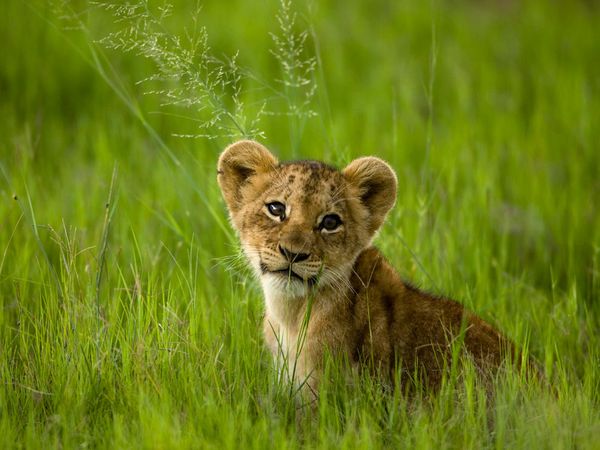 |
Lion Cubs PlayingLion cubs play in the Okavango Delta in Botswana. Loss of habitat, prey decline, pesticides, and even canine distemper and tuberculosis have caused lion numbers to quickly decline across Africa. | 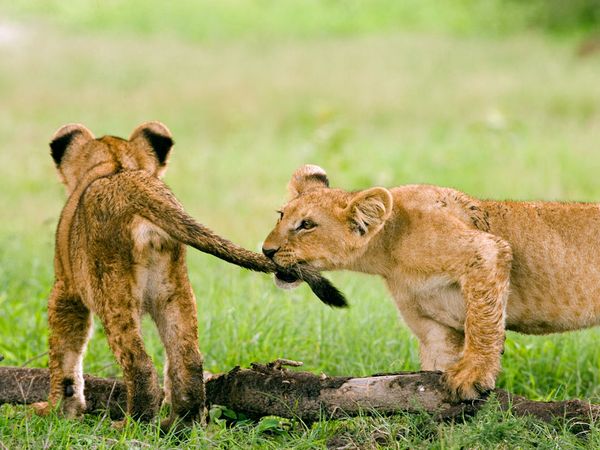 |
Asiatic Leopard CubAn Asiatic leopard cub in the Hukawng Valley in Myanmar (Burma) became an orphan after hunters killed its mother to sell her body parts for use in traditional medicine. In 2010, the entire valley—about the size of Vermont—was designated by the government of Myanmar as a tiger sanctuary, a major conservation step that protects big cats and other rare species throughout the territory. | 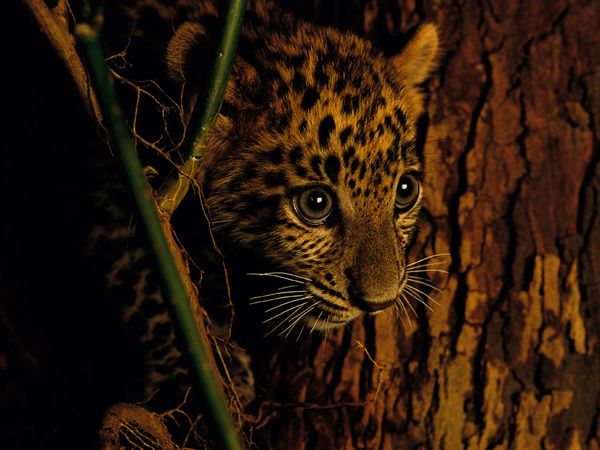 |
| 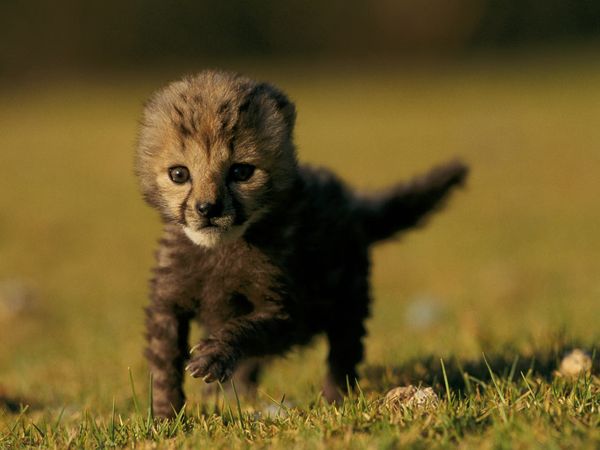 |
| 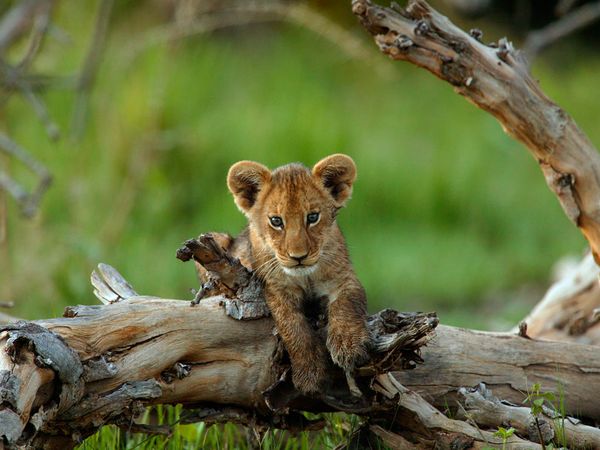 |
Mother Tiger and CubThree of the eight tiger subspecies became extinct in the 20th century, hunted as trophies and also for body parts that are used in traditional Chinese medicine. All five remaining tiger subspecies are endangered. | 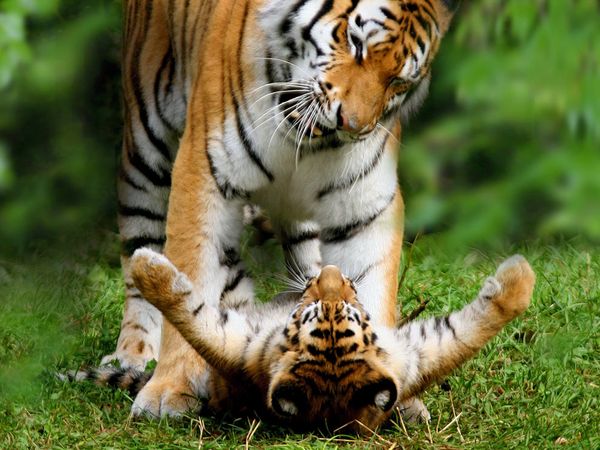 |
African Lion and CubAn African lion rests with her cub in the Okavango Delta. As human populations in sub-Saharan Africa expand, the amount of hunting space and habitats for lions decreases. | 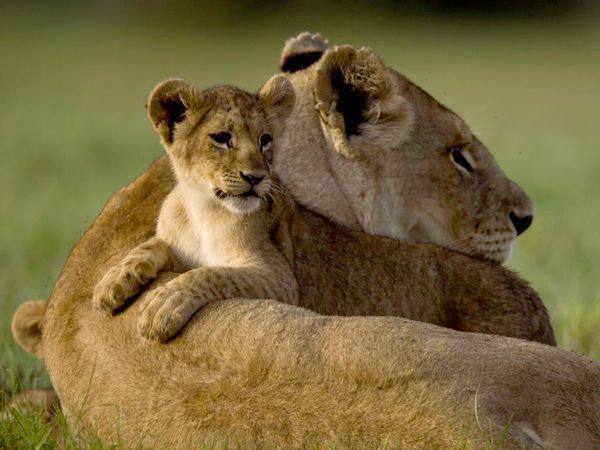 |